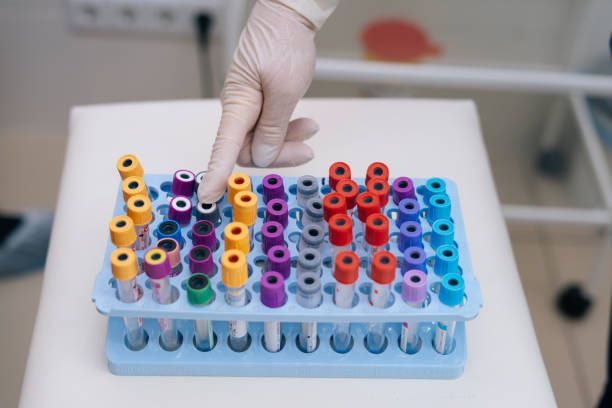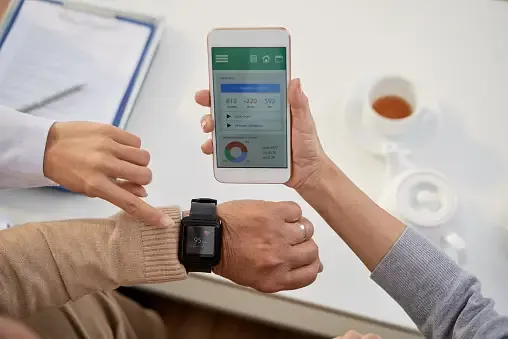Unlock your product's potential with our One-stop solutions!
+86-755-83222882

GET QUOTE
2024 Medical Industry Injection Moulding Innovation Trends
Silicone Devices in Medical Injection Moulding
Silicone stands out as a highly advantageous material in medical injection moulding. Its versatility, biocompatibility, and durability make it ideal for various medical applications. Silicone's ability to resist chemical and thermal degradation ensures the longevity and reliability of medical devices. In the medical field, silicone finds extensive use in implants, prosthetics, catheter tips, and other essential components.
Through innovative injection moulding techniques, manufacturers can harness the properties of silicone to produce high-quality medical devices that meet stringent industry standards. The diverse applications of silicone in medical injection moulding highlight its indispensable role in advancing healthcare technology.
Micro-Moulding for Precision Medical Components
Micro-moulding, a technique gaining prominence in healthcare, involves the production of incredibly small components with exceptional precision. These miniature parts, manufactured with micron tolerances, play a significant role in advancing medical technology.
The process of micro-moulding enables manufacturers to achieve unparalleled levels of precision and surface quality, essential for medical devices with intricate designs and functionalities. With the ability to produce components at such a minute scale, micro-moulding paves the way for innovation in various medical fields.
In healthcare, micro-moulding finds applications in a diverse range of devices, including endoscopic equipment, microfluidic devices, and surgical instruments. These tiny yet intricate components contribute to the development of minimally invasive procedures, enhancing patient outcomes and improving overall healthcare delivery.
Clean Room Standards and Sterile Manufacturing
Clean rooms play a pivotal role in ensuring the quality and sterility of medical injection moulding processes. These controlled environments are essential for manufacturing medical devices that meet stringent safety and regulatory standards.
Maintaining sterility within clean rooms is paramount to prevent contamination of medical products. By minimizing the presence of dust particles, microbes, and other impurities, clean rooms safeguard the integrity of the manufacturing process and the final products.
Over the years, clean room technology has evolved significantly to meet the ever-changing demands of the medical industry. Advanced filtration systems, strict environmental controls, and rigorous cleaning protocols are implemented to adhere to industry standards and regulations. This evolution underscores the commitment to producing safe and reliable medical devices through sterile manufacturing practices.
Wearable Technology Integration with Injection Moulding
Injection moulding plays a crucial role in the production of wearable medical devices, revolutionizing patient care and monitoring. These devices seamlessly integrate electronics and plastics, offering innovative solutions for healthcare professionals and patients alike.
Overmoulding techniques are employed to fuse electronic components with plastic materials, creating durable and functional wearable devices. This process not only protects delicate electronics but also ensures waterproof and encapsulated designs suitable for continuous wear.
Examples of wearable devices include biosensors and detectors used for monitoring vital signs such as blood pressure and heart rate. Additionally, these devices can provide reminders for medication adherence, encourage physical activity, and optimize sleep patterns, enhancing overall patient care and well-being.
Sustainability and Regulatory Compliance
As the medical industry continues to evolve, there is a growing emphasis on sustainability in manufacturing practices. Injection moulding techniques are no exception, with a rising demand for solutions that minimize environmental impact while maintaining high-quality standards.
Meeting regulatory standards set by authorities such as the FDA, EMA, and ISO is imperative for manufacturers. Compliance ensures the safety and efficacy of medical devices, instilling confidence in both healthcare professionals and patients.
The demand for injection moulding techniques that offer sustainable solutions is on the rise. Manufacturers are exploring eco-friendly materials and processes to reduce waste and energy consumption, contributing to a greener and more sustainable future for the medical industry.
Conclusion
The landscape of medical industry injection moulding is evolving rapidly in 2024. From advancements in materials to innovative manufacturing techniques, the industry is witnessing transformative trends that shape the future of healthcare technology.
Adapting to these trends and embracing innovation is crucial for companies to remain competitive in the healthcare sector. By staying attuned to market demands, adhering to regulatory standards, and prioritizing sustainability, manufacturers can navigate the complexities of medical injection moulding with confidence and success.


